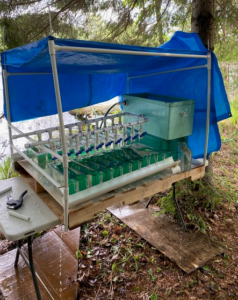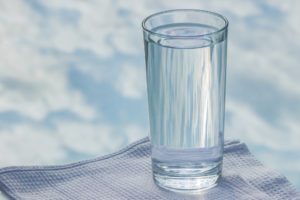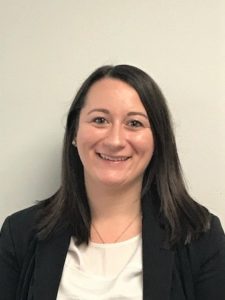Drinking water filters eyed as better option to testing in Michigan schools and day care centers
Children’s health advocates are pushing to install drinking water filters in Michigan schools and child care centers to protect them from lead poisoning.
The post Drinking water filters eyed as better option to testing in Michigan schools and day care centers first appeared on Great Lakes Echo.Great Lakes Echo
http://greatlakesecho.org/2021/10/20/drinking-water-filters-eyed-as-better-option-to-testing-in-michigan-schools-and-day-care-centers/





 Learn About Federal Funding for Infrastructure: October 20 and November 17
Learn About Federal Funding for Infrastructure: October 20 and November 17







